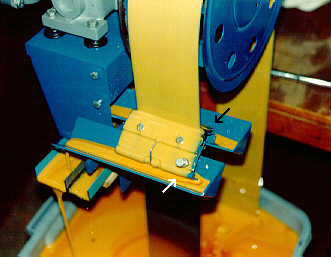The use of an oil skimmer in the machine shop setting holds many benefits. Removing the oil from a machine coolant tank will initiate some esthetic benefits such as cutting down on the amount of smoke generated from the cutting tool coming into contact with oil laden coolant.
Bacteria Build-Up with “Rotten Egg” Smell
When a machine is shut down for the weekend, oil has a chance to come to the surface of the coolant tank. Bacteria that are living in the coolant tank use up the dissolved oxygen in the coolant mix, a process that is sped up by having a layer of oil on the surface. This allows odor causing anaerobic bacteria to thrive, giving off that familiar “rotten egg” smell.
Contrary to popular belief the common types of bacteria found in metalworking fluids do not cause dermatitis. However, if the skin is broken, bacteria that normally inhabit the skin may enter and cause infection. The presence of phosphates and carbonates that increase alkalinity in the coolant, however, can cause dermatitis. These impurities are found in the water being used in the coolant mix.
Cost-Saving with Coolant Oil Skimmer
Separating the oil from the coolant will also help reduce disposal costs. The cost of disposing of oil laden coolant is more expensive than disposing of oil. In fact, in some instances, companies may be able to re-use the oil elsewhere or sell it for recycling. Having oil free coolant can also extend its usefulness and effectiveness, reducing the expense on maintenance and coolant replacement. As the research on the different types of oil skimmers begins, a person will find that there are a variety of skimmers available to them. The most common types are the belt, disk, and tube skimmers. Each type of coolant skimmer has its advantages and disadvantages.
Other Factors to be Considered in Oil Skimming
There are also many factors that need to be considered when choosing the correct type of oil skimmer to fit the appropriate application. Factors such as water level fluctuation, water temperature, pH level, the use of rust inhibitors, the amount of oil to be skimmed, quality, and cost, must all be considered when selecting an oil skimmer.
The use of rust inhibitors, high temperatures, and variable pH levels can affect the skimmers ability to pick up oil. Most skimmer manufacturers use a variety of materials for the skimming medium such as plastic, stainless steel, or poly blends to match the solution in which they will be used.
There are a multitude of oil skimmers on the market today. One of the most important things to be considered is the quality of the unit to be purchased. Points of interest should include construction materials, motor design, and the type of warranty that is offered. Is the skimmer housing made of metal or plastic? Is the motor fan-cooled? Does the motor use needle bearings or bronze bearings? How long does the warranty last and what does it cover? Most oil skimmers will perform as advertised, but remember the old adage that “you get what you pay for”.
To learn more about oil skimmers, please contact our experts at 440-543-7400 or visit our website: www.abanaki.com
Abanaki has a new reference that can help you choose the right skimmer and the right size to ensure years of worry-free operation.
Click button below to access our “How to Successfully Implement Oil Skimmers” webinar to learn how to get the most out of your skimmer.


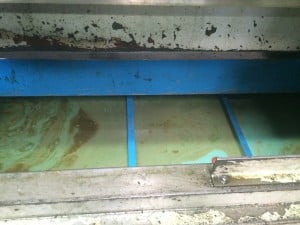

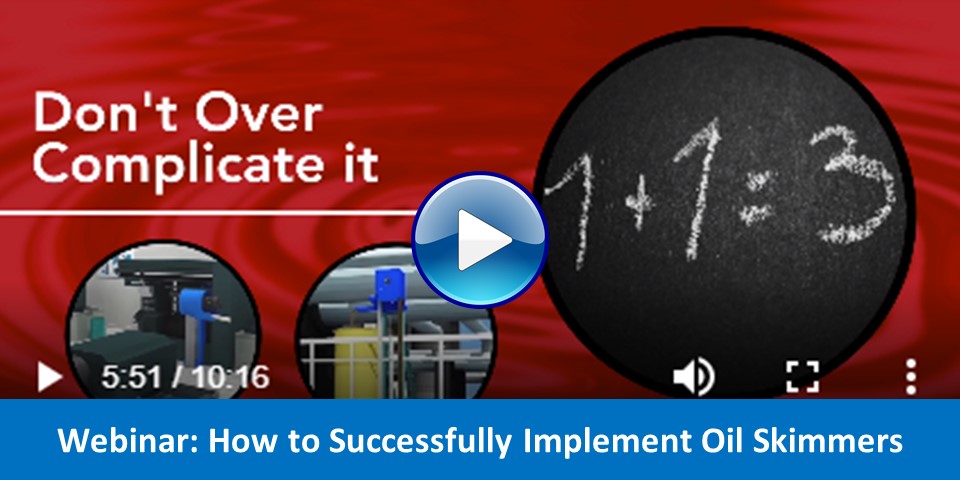


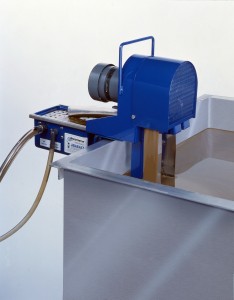


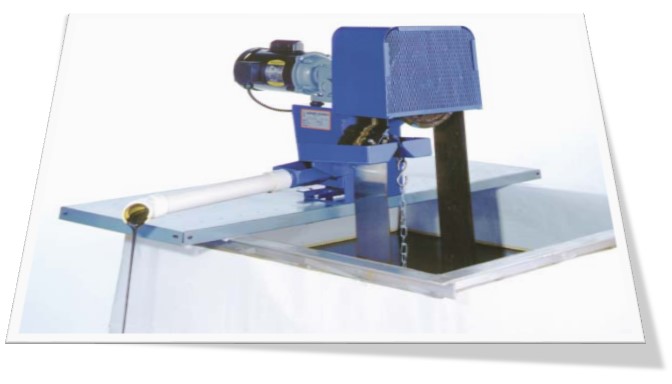

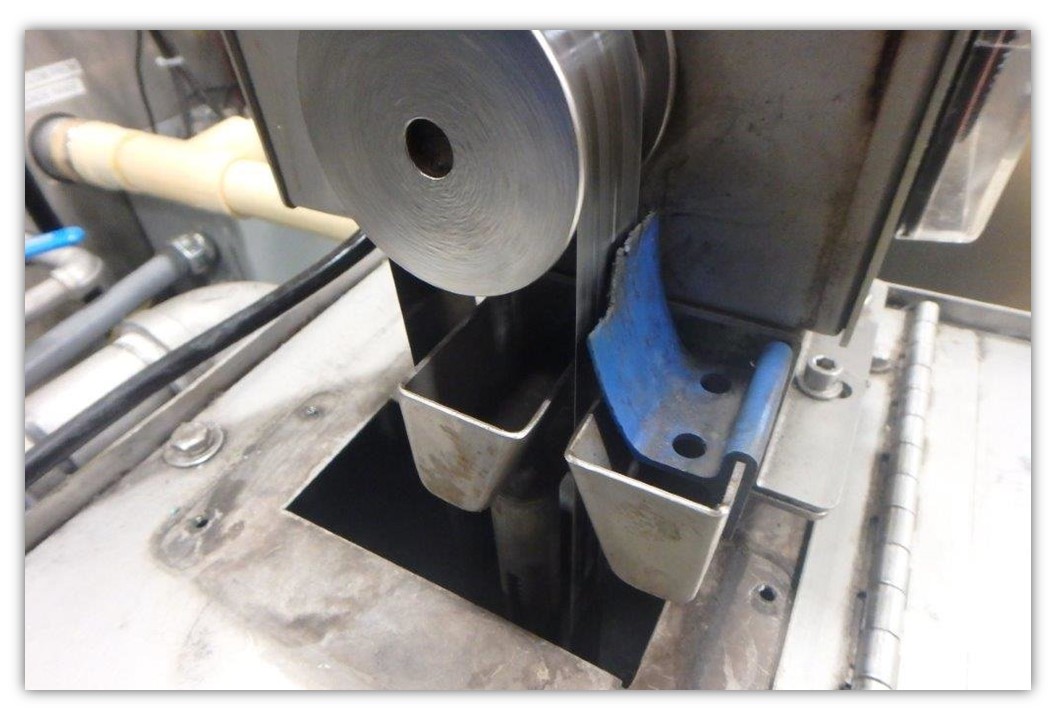

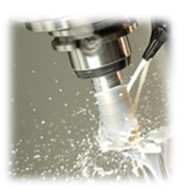 When
When 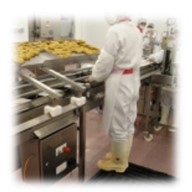
 Where floating oils are present, oil skimmers provide inexpensive and effective removal, solving a serious
Where floating oils are present, oil skimmers provide inexpensive and effective removal, solving a serious 


